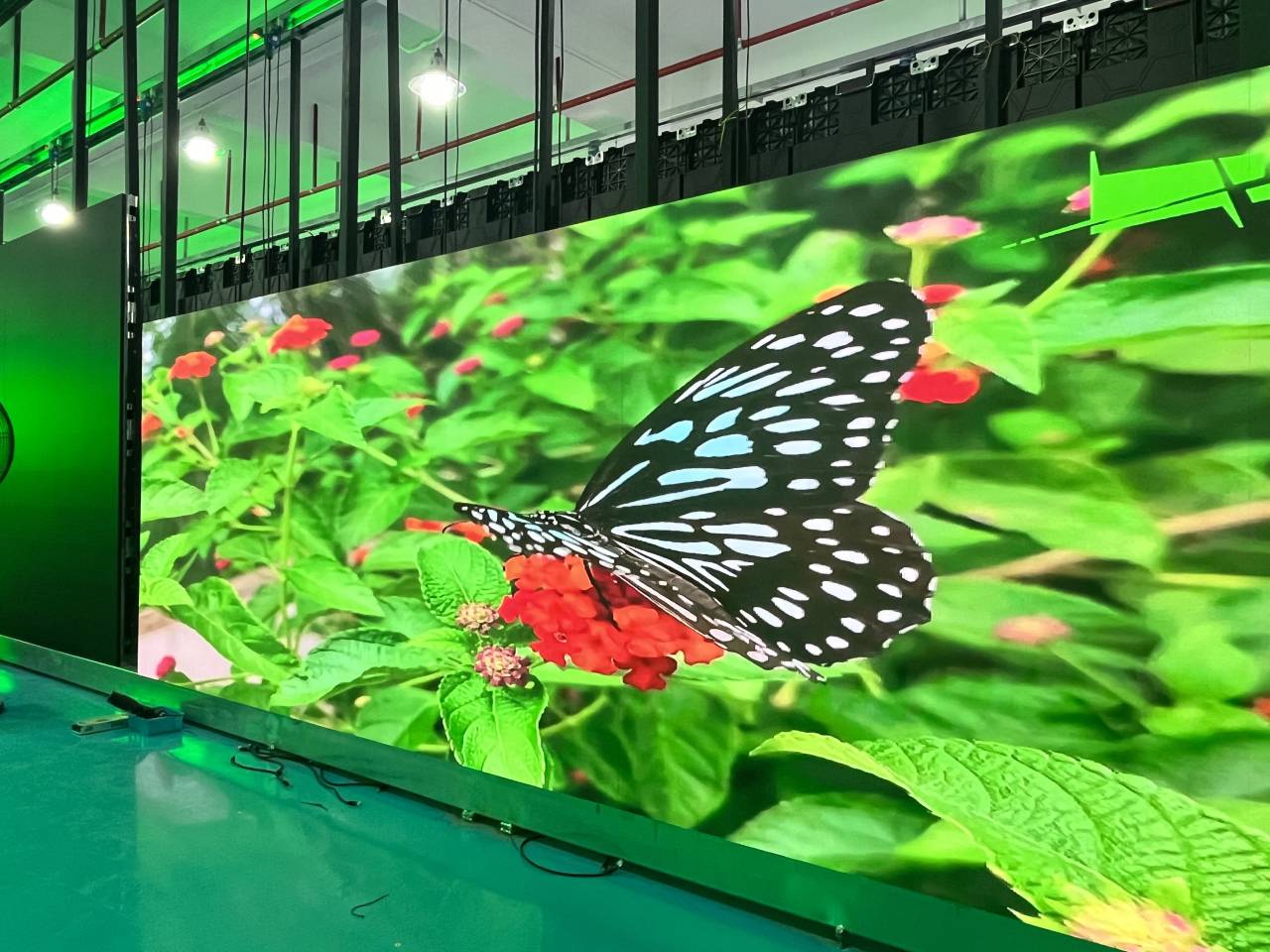Enhancing Aesthetic Effect Through Tactical Content Scheduling in LED Display Execution
Wiki Article
Maximizing visual impact during LED wall performances requires meticulous preparation plus tactical visual timing. Light-emitting diode screens represent potent instruments for visual narration, often used in concerts, events, and presentations. The effectiveness of these displays depends not only on the quality of the images yet additionally on the manner plus timing they are shown. By comprehending the viewers' focus duration plus the rhythm of the occasion, event planners can craft a more captivating encounter that enthralls spectators plus improves the overall show.
One crucial element of tactical visual timing is scheduling. It is vital to synchronize the images with the rhythm and tempo of the show. For example, in the course of a music performance, visuals should complement the beat and mood of the melody. This alignment aids to forge a unified encounter that pulls the audience in. Additionally, it is important to consider the length of each image clip. Brief, striking segments can maintain audience interest, while longer visuals may be suitable for moments of contemplation or sentimental bonding. By varying the length and intensity of the visuals, organizers can keep the audience engaged throughout the show.

Another important factor is the material in question. The visuals shown on the light-emitting diode wall should be relevant to the theme of the show. This pertinence aids to reinforce the message being conveyed and makes the encounter more unforgettable for the viewers. For instance, if the performance is about ecological consciousness, using images that depict nature and wildlife can enhance the message. Furthermore, adding lively features, such as motion graphics or engaging graphics, can introduce excitement and keep the audience's attention. The appropriate material, shown at the appropriate moment, can significantly elevate the impact of the performance.
Audience engagement is also a key factor in visual timing. Comprehending the demographics and tastes of the viewers can inform the choice of images. For instance, a youthful crowd may react better to bright hues and quick motion graphics, while an mature crowd might value more nuanced and refined images. By customizing the content to the audience's interests, organizers can craft a more tailored encounter that connects with spectators. Additionally, adding viewer involvement, such as real-time surveys or media engagements, can additionally improve involvement and render the show more engaging.
Finally, evaluating the efficacy of the content scheduling is essential for future shows. Collecting responses from the viewers can offer insightful information into what worked successfully plus what could be improved. This information can help event planners led wall content management for education refine their strategies and make informed choices for upcoming events. By continuously assessing and adapting the content timing strategy, event planners can amplify the aesthetic effect of light-emitting diode wall shows plus craft memorable encounters for their viewers.